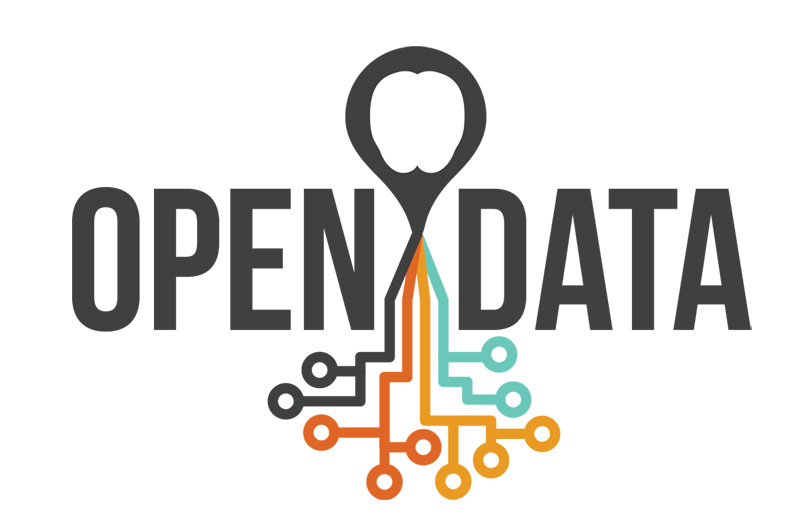The Open Data Initiatives
In today’s tech world, data is everything. There are data on your behaviors, your transactions, and your operations. With sufficient knowledge of your data anyone can predict what you are doing at this moment, the device you are probably using, and the channel you are deploying for this. Incidentally, your data is scattered all over […]

In today’s tech world, data is everything. There are data on your behaviors, your transactions, and your operations. With sufficient knowledge of your data anyone can predict what you are doing at this moment, the device you are probably using, and the channel you are deploying for this. Incidentally, your data is scattered all over the place, with different organizations – Apple, Facebook, Google, Samsung, Microsoft, Amazon, your banks, SAP, Salesforce, local telephone carriers, and so on. For businesses, the ability to weave all of your data together in a coherent form is potentially priceless. These are your data from companies involved in commerce, customer relations management (CRM), enterprise resource planning (ERP), product usage, sales, and so on. The potential advantages of a one-stop shop for your data and the possibilities of interoperability operations on the data have attracted the attention of major tech companies.
In September of 2018, Adobe, Microsoft, and SAP partnered to create the Open Data Initiative (ODI), which involves a unified data store or customer data lake. This, according to Amit Ahuja, involves “enriching and ingesting initial data feeds from Adobe Experience Platform, activated through Adobe Experience Cloud, Microsoft Dynamics 365 and Office 365, and SAP C/4HANA directly into a customer’s data lake.” “This unified data store will enable customers their choice of development tools and applications to build and deploy services,” Ahuja further states.
Some motivations for the creation of ODI is stated in Microsoft’s website: “Our customers are all trying to integrate behavioral, CRM, ERP and other internal data sets to have a comprehensive understanding of each consumer, and they’re struggling with the challenges of integrating this data,” Stephan Pretorius, CTO of WPP is quoted as saying. Microsoft itself alludes to this mandate for ODI: “Helping customers create new connections across previously siloed data, more seamlessly garner intelligence, and ultimately better serve brands with an improved view of their customer interactions.” “From the beginning, the ODI has been focused on enhancing interoperability between the applications and platforms of the three partners through a common data model with data stored in a customer-chosen data lake. This unified data lake is intended to allow customers their choice of development tools and applications to build and deploy services.”
According to a Microsoft spokesperson, a problem solved by ODI is the automation and temporal speedup of the extraction of data, reasoning over that data, and garnering intelligence from the data; and doing so in a very cost-effective manner. This obviously involves pooling together high-value business data that are otherwise siloed in a variety of applications. According to the creators, three principles apply to ODI: Customers own and control their data, connected data will power AI-driven business outcomes, and ODI is open and extensible. The ODI folks have also created the Partner Advisory Council (PAC), which consists of companies like Accenture, WPP, and over ten others, for the purpose of having many points of view and helping to accelerate the time-to-market of the initiative.
Obviously, the ODI partners aren’t doing this for altruism sake; rather they too stand to boost their respective businesses. As pointed out by Jordan Novet of CNET on 15 July 2019, “the data gets cleaned up so that it can all be aggregated together in an agreed-upon format. From there, artificial-intelligence systems can make predictions based on all the available data, which can then be sent back into the enterprise software from Microsoft, Adobe and SAP.” Novet further states that “Microsoft could use the program to boost its cloud-based Dynamics 365 for Sales product, which lags behind Salesforce’s Sales Cloud,” as “Microsoft is looking to get more usage of Azure through the project.” Not to be outdone, last week, Amazon Web Services (AWS), Genesys, Salesforce, and the Linux Foundation, partnered to create the Cloud Information Model (CIM), with essentially the same motivations as for ODI. Thus, the two models (ODI and CIM) will compete, which will tend to undermine the entire concept of these data pools. The techcrunch.com on 13 November 2019 weighed in on this: “Of course, now we have two competing “open” data models, and it’s going to create some friction until the two competing projects find a way to come together. The fact is that many companies use tools from each of these companies, and if there continues to be these competing approaches, it’s going to defeat the purpose of creating these initiatives in the first place.” Furthermore, anonymous posts have questioned the neutrality of the respective models, while Forbes goes into some details on the challenges of building a unified customer view and shareable data: “Salesforce’s various suites, for example, have been cobbled together through acquisition, rather than built from the ground up with interoperability in mind. This challenge is even more daunting in the case of the ODI. Microsoft, Adobe and SAP all organize customer data in distinct ways. Microsoft’s recently introduced Common Data Model does point to a uniform, open-source approach to data management. But right now, data isn’t always collected and stored in a standardized way, even within particular platforms.” Notwithstanding the potential challenges, the ODI and CIM are ideas whose time has come.
